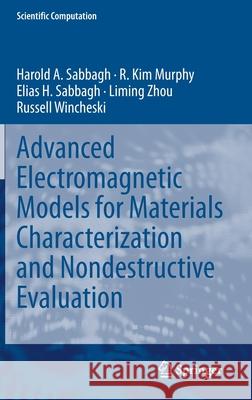Advanced Electromagnetic Models for Materials Characterization and Nondestructive Evaluation » książka
topmenu
Advanced Electromagnetic Models for Materials Characterization and Nondestructive Evaluation
ISBN-13: 9783030679545 / Angielski / Twarda / 2021 / 351 str.
Kategorie BISAC:
Wydawca:
Springer
Seria wydawnicza:
Język:
Angielski
ISBN-13:
9783030679545
Rok wydania:
2021
Wydanie:
2021
Numer serii:
000108100
Ilość stron:
351
Waga:
0.68 kg
Wymiary:
23.39 x 15.6 x 2.06
Oprawa:
Twarda
Wolumenów:
01
Dodatkowe informacje:
Wydanie ilustrowane











